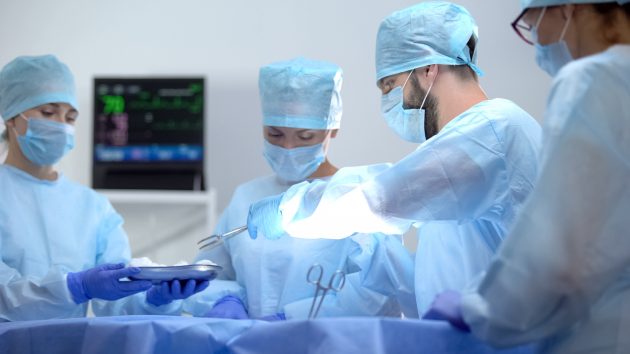
Device companies will drive surgery automation to increase elective procedures in Western Europe
by CM Staff
Western European selective medical devices market for elective procedures is expected to reach US$16.8 billion by 2023 at a CAGR of 29.2%

Frost & Sullivan Analyzes the Future of Adhesion Prevention Products in the US and EU5
SANTA CLARA, Calif. — Frost & Sullivan’s recent analysis, Impact of COVID-19 on Elective Procedures in Western Europe, 2020–2023, finds that the Western European medical devices market—especially cardiovascular devices, orthopedic devices, and robot-assisted surgical devices (RASD)—is recovering after COVID-19-related measures deferred elective procedures. After the outbreak, the Western European selective medical devices market for elective procedures is expected to reach US$16.8 billion by 2023 at an aspirational compound annual growth rate (CAGR) of 29.2%. There will be increased adoption of minimally invasive and robotic procedures to effectively and quickly manage backlogs.
“The COVID-19 pandemic has caused nearly 70%-80% of delayed, postponed and canceled elective procedures, which has led to the selective medical device industry for elective procedures experiencing a 45.5% decline from the pre-COVID-19 estimates for 2020. The market is expected to recover gradually by 2023 through the adoption of new-age technologies such as 3D printing and virtual and mixed reality with haptic technology for training and precision surgery,” said Bejoy Daniel, Healthcare & Life Sciences Senior Industry Analyst at Frost & Sullivan in a statement. “Medical device manufacturers should consider feature upgrades to wearables that will enhance diagnosis and enable quick treatment, expand their portfolio beyond hospital settings, and improve clinical efficiency.”
Daniel added: “The ongoing restrictions and social distancing requirements have created the necessity for medical device companies to find new ways of interacting remotely with physicians and surgeons, which is quite a challenge owing to a lack of digitalized systems and processes. They must now also support healthcare providers’ digital solutions needs and support them on efficiency, accuracy, reliability, safety, and scalable reproducibility.”
The healthcare sector’s immediate need to re-establish surgical services and strengthen capacity to address backlogs presents growth opportunities to medical device manufacturers, including:
- Planning and Scheduling Solutions to Enable Faster and Agile Healthcare: Medical device companies will need to focus on integration and connectivity solutions to enable interdepartmental communication and connect with other hospitals and healthcare settings for reference and patient record management.
- Training for Precision Surgery: Data will enable device companies to support automation that will enable physicians to have assists during a robot-assisted surgery. Medical device companies’ data will enable partnerships and capabilities to help hospitals and health centers serve more patients.
- Continued Increase in the Demand for Home Healthcare Services: Providers need to continue to engage with patients as the shift from acute care to care at home presents an opportunity for vendors to support hospitals through patient engagement solutions.
- Collaboration and Move Toward New-age Technology: 3D printing in orthopedics is gaining momentum because it can produce customized implants, medical devices, and orthotics from diverse materials. Vendors should continue to provide 3D-printed devices to meet specific demands while reducing costs.
- Compatibility and Future-proofing of Healthcare Services: The need to address the increasing backlogs of surgical patients will drive digital operating rooms and other innovative healthcare solutions. Hence, healthcare and surgical centers should focus on open architecture to integrate with hospital networks and existing workflows.